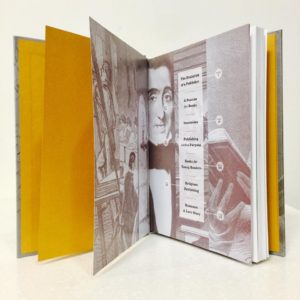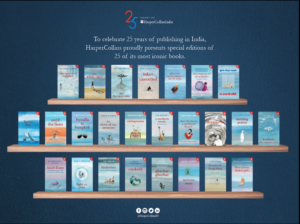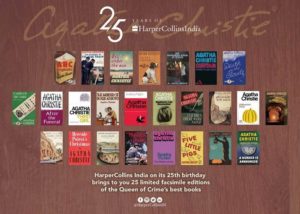Judith Kerr
Since the Nazis came, we haven’t belonged in any place, only with refugees like ourselves. And we do what we can. I make soup and bake cakes. Your mother plays bridge and counts the miles of Konrad’s car. And Konrad — he likes to help people and to feel that they love him. It’s not wonderful, but it’s better than Finchley, and it’s a lot better than Theresienstadt.
Judith Kerr A Small Person Far Away
The Out of the Hitler Time trilogy by award-winning children’s writer Judith Kerr are novels that recount her escape from Berlin, days before Hitler came to power, their move to Switzerland, Paris and finally London.
She began writing these books — When Hitler Stole Pink Rabbit , Bombs on Aunt Dainty, and A Small Person Far Away — for her children to give them some idea of her childhood and the challenges of living in war zones. Her children had been born and brought up in peaceful times and were monolingual, absolutely different to their mother’s experience. While writing the books she realised it was impossible to put herself as the central character and write about Nazi Germany and World War II, so she created the character of Anna. It is a literary device often used — consciously or unconsciously– by writers, particularly women, when trying to describe particularly traumatic events. They prefer to use the third person narrative voice. Reading the three volumes in quick succession is an interesting experiment. Although she wrote these once her kids were in their adolescence, its remarkable to see how the tenor of her writing is influenced by her memory. The first volume, When Hitler Stole Pink Rabbit , is about her as a nine-year-old escaping Nazi Germany and it has a gentle pace to it with an almost childlike wonderment to it. The second volume, Bombs on Aunt Dainty, is set in war-time London, where she witnessed the bombing and her beloved elder brother was taken away from Cambridge University and interned at a camp as he was still not a naturalised British citizen. The tone of this book is of a bewildered teenager who has plenty of her own opinions to share, though not always readily shared. It also marks her transition from a child to a responsible young woman who joins the workforce. The final book, A Small Person Far Away , is about the newly married Judith Kerr visiting her sick mother in Berlin and revisiting the places she grew up in. Since it was still soon after the war, links and memories to Nazi Germany are still fresh as evident in the drapes of the decrepit hotel she was staying in. It was a hotel, probably once upon a time a lively household, managed by an elderly woman who had presumably fallen on hard times. Despite having lived in the room for more than a week while visiting her ailing mother, Judith Kerr had not realised that the design woven in the drapes was of tiny swastikas — a chilling reminiscent of Nazi Germany which to her relief she discovered only on the day of her departure home. A Small Person Far Away is the most mature in tone with a greater control of her prose as by this time she had become a professional writer too.
Like her successful writer father and her screen writer husband, Judith Kerr, too went on to become a successful writer when the picture book she wrote for her daughter sold favourably — The Tiger Who Came to Tea. Years later it continues to sell. In fact, now at the age of ninety-four she is still writing. Her latest publication is a picture book about her eleven-year-old cat Katinka’s Tail ( to be published by HarperCollins) . In fact she describes her writing day in a recent issue of The Guardian “Judith Kerr: ‘I’m still surprised at the success of The Tiger Who Came to Tea’” ( 25 November 2017).
I would be very sad and lonely if I didn’t work. I finished this book a few weeks after the last one was published, which is unlike me, and I’m already thinking about the next one. There is a new urgency to my working. Maybe it is like the disease, honey fungus, that trees get when they have an incredible display one year and look better than they ever have before. And then it kills them. Perhaps you get something like that at the age of 94, because, after all, I can’t rely on going on and on.
Her joi de vivre is magical and infectious!
29 November 2017







